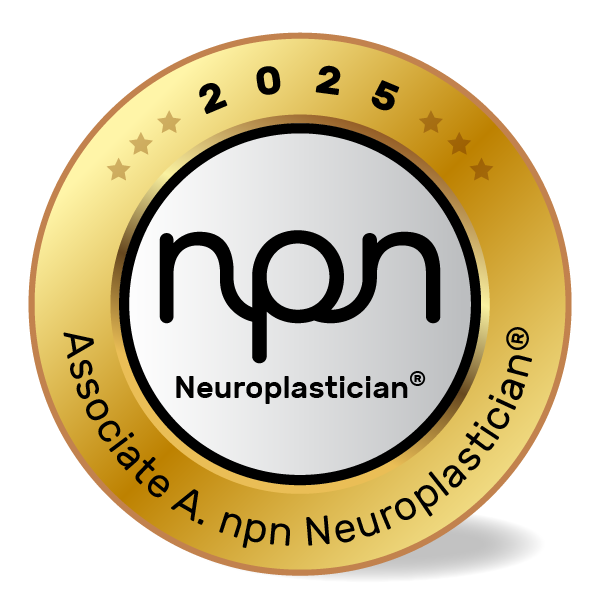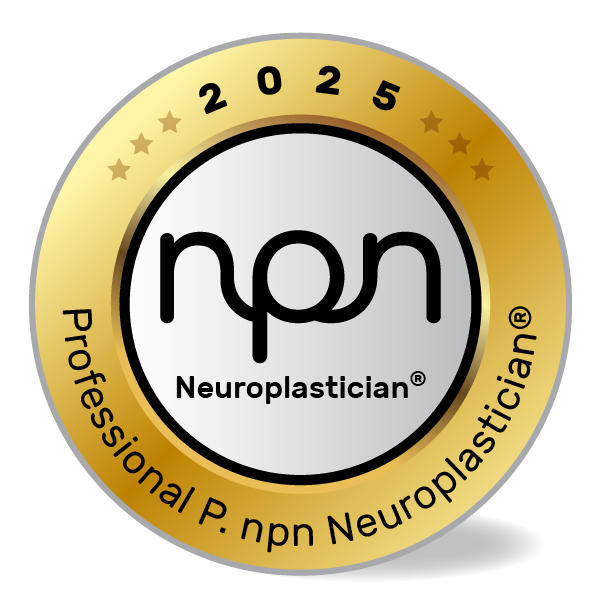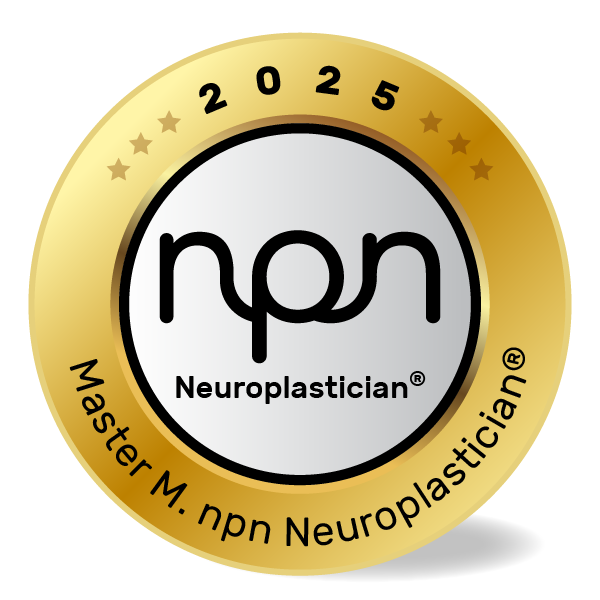Neuroplasticity Strategies to Transform Mindset, Behavior, and Performance
Curated by an npnHub editorial member
Key Points
- Rewiring the brain for success involves activating and strengthening neural pathways through intentional, repeated behavior.
- Neuroplasticity allows individuals to change thought patterns, emotional regulation, and habits at any age.
- Practitioners, coaches, and educators can help clients build high-performance neural circuits aligned with their goals.
- Mindfulness, visualization, and feedback-based learning are proven tools to reinforce success-oriented brain patterns.
- The brain’s default mode can be reshaped through focus, emotional engagement, and social reinforcement.
1. What is Rewiring the Brain for Success?
It’s a Monday morning, and a neuroscience coach is helping a mid-level executive who’s stuck in a cycle of self-doubt and procrastination. Every time the client starts a big project, the same mental loop kicks in: “What if I fail?” The coach introduces a simple visualization exercise, and within weeks, the client begins showing up with more clarity, purpose, and energy. What changed? Not the client’s circumstances, just their brain wiring.
This story is illustrative, not scientific, but it paints a common picture. Rewiring the brain for success means changing the internal scripts and automatic behaviors that dictate how we respond to challenge, opportunity, and growth.
Scientific studies have confirmed that consistent, focused attention can physically reshape neural circuits. As Dr. Michael Merzenich, a pioneer of neuroplasticity at UCSF, explains, “Your brain is constantly being rewired – every moment you’re alive” (Merzenich, 2013).
This process isn’t just about thinking positively. It’s about strategically practicing new behaviors that create more resilient, goal-oriented neural pathways.
2. The Neuroscience of Rewiring the Brain
Picture an educator helping a student shift from a fixed mindset to a growth mindset. At first, the student resists: “I’ve never been good at this.” But over time, with effort-focused praise and progress tracking, the student begins to light up during challenges instead of shutting down. This shift isn’t just psychological – it’s neural.
Neuroscience shows that every thought and action triggers electrochemical activity in the brain. Repeated behaviors and beliefs strengthen specific circuits via Hebbian learning, often summarized as “neurons that fire together, wire together” (Hebb, 1949). The prefrontal cortex orchestrates planning and decision-making, while the basal ganglia helps automate habits through repetition.
The anterior cingulate cortex plays a role in evaluating errors and adjusting behavior, and the hippocampus encodes new experiences. Dopamine, the brain’s reward chemical, reinforces actions that feel good or are associated with future gain. These regions interact dynamically, meaning the right intervention can shift the balance from anxiety or avoidance toward confidence and action.
3. What Neuroscience Practitioners, Neuroplasticians and Well-being Professionals Should Know About Rewiring the Brain
A performance coach recently worked with a client who had all the talent but none of the follow-through. Despite good intentions, the client constantly reverted to distraction. By mapping the client’s attention cycles and implementing focused micro-goals, the coach helped the client build habits that aligned with their long-term ambitions. Progress became sustainable.
This kind of transformation is only possible when practitioners understand that rewiring the brain isn’t about willpower, it’s about consistency, emotion, and context.
Many professionals still face myths such as:
- “You can’t change your brain after childhood.”
- “Some people are just naturally motivated or talented.”
- “Habits are purely about discipline.”
In fact, research from Stanford and the University of London shows that adult brains are highly adaptable when interventions are paired with emotional salience and repetition (Source).
Common questions practitioners encounter:
- How long does it really take to rewire a habit loop?
- What’s the neuroscience behind visualization and mindset shifts?
- How do I help clients build motivation that sticks?
Understanding these questions helps practitioners guide change with empathy and scientific grounding.
4. How Rewiring the Brain Affects Neuroplasticity
Neuroplasticity is the foundation of brain rewiring. It refers to the brain’s ability to form, strengthen, or weaken neural connections in response to experience. When someone learns a new skill, reacts differently to a challenge, or adopts a new belief, they are changing their brain’s wiring.
Take, for example, a coach helping a client reframe failure. Initially, the client associates mistakes with shame. But through repeated reflection, journaling, and feedback, the client starts linking mistakes to growth. Over time, this activates the dorsolateral prefrontal cortex and weakens the emotional charge in the amygdala, leading to a calmer and more constructive response.
Repeated activation leads to long-term potentiation (LTP), where synaptic strength increases. At the same time, unused pathways weaken through long-term depression (LTD). This dual mechanism is what enables meaningful behavioral change. A 2021 study in Nature Neuroscience confirmed that targeted practice changes functional connectivity across networks, especially when combined with emotional engagement.
5. Neuroscience-Backed Interventions to Improve Brain Rewiring for Success
Why Behavioral Interventions Matter
Many clients struggle not because they lack goals, but because their brains are locked into outdated or self-sabotaging circuits. Practitioners must act as neuroplasticity guides – helping clients reshape their brain through meaningful, sustainable interventions.
Here are science-backed strategies you can implement:
1. Visualization for Cognitive Priming
Concept: Visualizing success activates the motor cortex and prefrontal planning areas as if the behavior were happening in real life (Source).
Example: A coach guiding a client to mentally rehearse a public speaking event.
✅ Intervention:
- Have clients close their eyes and vividly imagine performing a successful task.
- Engage sensory details: sound, sight, and emotion.
- Repeat daily for 3-5 minutes before the actual event.
2. Micro-Habit Building
Concept: Small wins activate the brain’s reward system, especially the ventral striatum, reinforcing behavior change (Source).
Example: A practitioner helping a client develop a 5-minute focus routine each morning.
✅ Intervention:
- Start with behaviors so small they feel effortless.
- Anchor habits to existing routines (e.g., after brushing teeth).
- Celebrate immediately with positive reinforcement.
3. Mindfulness for Neural Regulation
Concept: Mindfulness reduces amygdala reactivity and increases prefrontal regulation, leading to better decision-making (Source).
Example: A therapist teaching breathwork to reduce overwhelm.
✅ Intervention:
- Introduce 2-minute mindfulness check-ins during coaching.
- Encourage body scans or breath-focused meditations.
- Track emotional regulation improvements weekly.
4. Feedback Loops to Reinforce Learning
Concept: Feedback activates the anterior cingulate cortex, promoting adaptation and retention (Schultz et al., 1997).
Example: An educator giving real-time performance feedback with encouragement.
✅ Intervention:
- Set clear expectations before tasks.
- Provide immediate, specific feedback.
- Use progress tracking tools for visual reinforcement.
6. Key Takeaways
Rewiring the brain for success is not a mystical concept – it’s a measurable, trainable reality backed by neuroscience. Whether you’re a coach, educator, or therapist, your clients can build high-performance mental habits by leveraging neuroplasticity with precision.
This matters because the brain doesn’t change through motivation alone – it changes through repetition, emotional engagement, and reward. With the right strategies, every client can rewire their brain toward greater purpose, focus, and performance.
🔹 Neuroplasticity enables all brains to adapt and grow.
🔹 Success is not a trait – it’s a trainable neural pattern.
🔹 Practitioners play a pivotal role in guiding rewiring through targeted interventions.
🔹 Visualization, mindfulness, micro-habits, and feedback are powerful tools to activate change.
7. References
- Merzenich, M. M. (2013). “Soft-Wired: How the New Science of Brain Plasticity Can Change Your Life.”
- Hebb, D. O. (1949). “The Organization of Behavior: A Neuropsychological Theory.”
- Lövdén, M. et al. (2010). “Experience-dependent plasticity of white-matter microstructure extends into old age.” Neuropsychologia, link
- Krakauer, J. et al. (2021). “Targeted neuroplasticity training for functional reorganization.” Nature Neuroscience
- Tang, Y. Y. et al. (2015). “The neuroscience of mindfulness meditation.” Nature Reviews Neuroscience, link
- Schultz, W., Dayan, P., & Montague, P. R. (1997). “A neural substrate of prediction and reward.” Science, link















